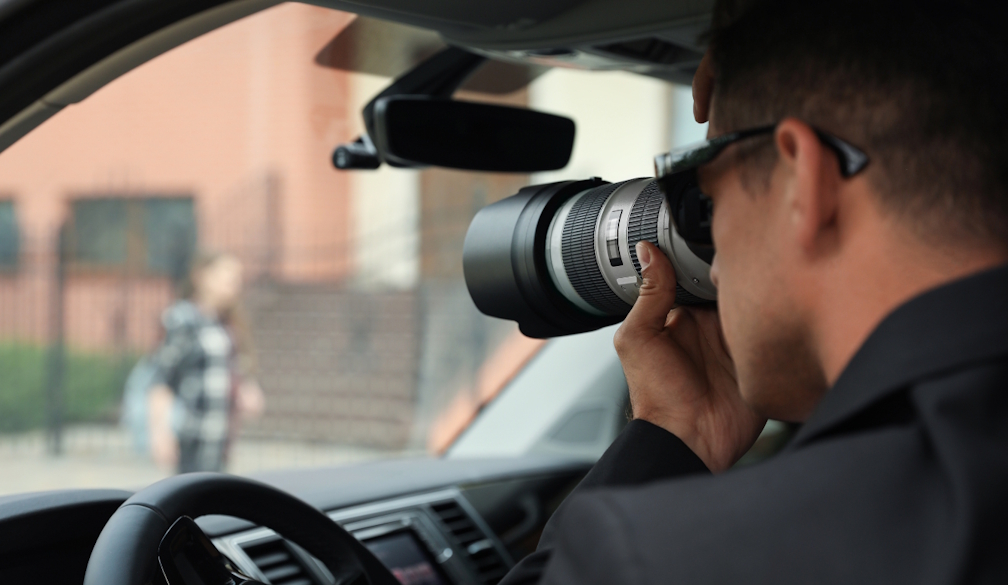How Private Investigators Catch Cheaters with Surveillance in Melbourne

Private investigators (PIs) are often hired to gather evidence in cases of suspected infidelity. A Melbourne Pi often uses a combination of physical surveillance and modern technology, they work discreetly to collect proof of cheating. The process involves careful planning, observation, and documentation, all done with a focus on remaining undetected while gathering accurate information. Here’s how private investigators typically catch cheaters with surveillance.
Initial Consultation and Information Gathering
The first step in any investigation is an initial consultation with the client. During this meeting, the investigator learns about the client’s suspicions and any details that could be helpful, such as the subject’s routine, habits, and potential locations of concern. The PI then uses this information to develop a tailored surveillance plan. This plan outlines the specific times, locations, and potential activities that will be monitored. It also considers where the subject might be at certain times of the day, such as work, social events, or even intimate meetings with someone they’re seeing in secret.
Physical Surveillance
Once the surveillance plan is in place, the surveillance investigator begins tracking the subject’s movements. Physical surveillance is typically carried out by following the subject during their regular activities. The PI will discreetly follow the person, maintaining a safe distance to avoid detection. They observe the subject’s interactions with others, noting any unusual or suspicious behavior, such as meeting with someone who isn’t part of the subject’s usual social circle. Investigators often use unmarked vehicles or blend into crowds to maintain their cover and avoid being noticed.
Using Technology to Gather Evidence
In addition to physical surveillance, private investigators may use advanced technology to gather more comprehensive evidence. For instance, hidden cameras may be set up in areas where the subject is expected to go, such as hotels, restaurants, or bars. These cameras are discreetly placed to capture important interactions without the subject realizing they are being filmed.
Another tool used by investigators is cell phone monitoring, though this must be done within the confines of the law. With consent from the client, a PI may track phone records to uncover messages, calls, or other data that suggest infidelity. Social media platforms are also a rich source of evidence. Investigators might monitor the subject’s online activity, looking for signs of secret communication or hidden relationships. This includes analyzing direct messages, friend connections, and any photos or posts that could hint at an affair.
Documenting and Reporting the Findings
Throughout the surveillance process, the PI meticulously documents every finding. They take detailed notes and capture high-quality photographs or videos of any incriminating actions. This evidence forms the foundation of the investigation and can be used in a legal context if necessary. The PI also prepares a comprehensive report, outlining what was observed, including times, dates, locations, and any interactions that could suggest infidelity.
Concluding the Investigation
Once the investigation reaches its conclusion, the PI meets with the client to review the gathered evidence. If the situation escalates to legal proceedings, the investigator may be asked to testify in court to present the findings. In all cases, PIs ensure their surveillance activities stay within the bounds of the law, avoiding actions like trespassing or invasion of privacy that could jeopardize the case.
Conclusion
In summary, private investigators use a combination of careful planning, physical surveillance, and technological tools to gather evidence of infidelity. Their work is discreet and methodical, ensuring that any findings are documented in a way that is legally admissible and can help their clients find the truth.



